2018-12-05
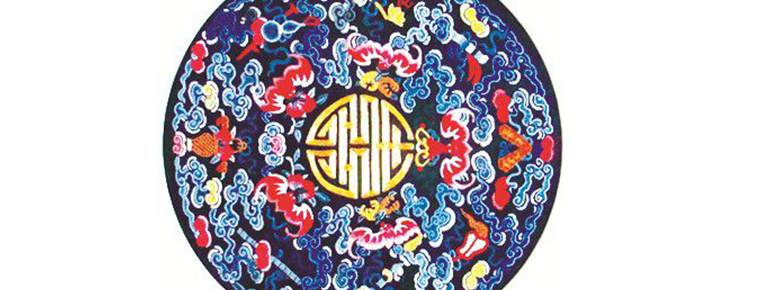
- By ChinaWiki.net
- Chinese Edition
- 2019-05-16
Manchu embroidery
Manchu embroidery, commonly known as "needle embroidery", "tie flowers" and "embroidery", was originally popular in the vast rural areas where Manchu people lived together.
In 2008, it was selected as the second batch of national intangible cultural heritage list.
Historical origin
Embroidery is a folk craft with a long history in China. Manchu folk embroidery is one of the representatives. Manchu folk embroidery, commonly known as "needle embroidery", "tie flowers" and "embroidery", was initially mainly popular in the vast rural areas where Manchu people lived together. Usually household fabrics are used as backing, and various colored silk threads with red, yellow, blue and white as the main tone are pierced up and down with a small steel needle referring to the design, and various patterns are woven and embroidered. Embroidery includes clothing, daily necessities, festive season and so on. Embroidery has a wide range of themes, diverse styles, full of interest and profound implications, fully expressing the Manchu people's longing for a better life and the connotation of thick culture.
Manchu embroidery in Jinzhou City, Liaoning Province is famous for its exquisite skills and unique artistic style. Its Manchu embroidery works highlight people's desire for wealth, peace, auspiciousness and satisfaction. They vividly express the narrative of national migration and worship. The combination of patterns and colors should fully reflect the different artistic effects of simplicity, elegance, beauty, vividness and warmth.
During the 2008 Olympic Games, Jinzhou Manchu folk embroidery as a national intangible cultural heritage entered the "Chinese Story" cultural exhibition site. Xia Liyun, the inheritor of Manchu embroidery, has brought four amazing relief embroidery works of "Shengshilong".
Subject descendant
Jinzhou Manchu folk embroidery art is the first batch of national intangible cultural heritage approved by the State Council. With its wide and vivid theme J, rich and varied rhymes, bright and strong colors, exaggerated and rough style, it has formed a distinct regional characteristics and a profound explanation of the girl's ingenuity. When a girl marries, she hangs out her embroidered embroidery for everyone to appreciate and appreciate, and takes it to the bridegroom's house as a dowry. In the Qing Dynasty, embroidery was deeply loved by people, whether in the court or in the folk, clothing and daily appliances, embroidery has become one of the most distinctive folk arts of the Manchu people.
Jinzhou Manchu folk embroidery is mainly inherited within the family, the old generation hand-in-hand to teach the next generation. At present, the first three generations of Jinzhou Manchu folk embroidery (the first generation of Wang Li, the second generation of Wang Xia and the third generation of Wang Wang Wang) who were born in the 19th century have passed away. Su Guichen and Wang Fenglan are the survivors of the fourth generation. They are both over 80 years old. Manchu folk embroidery has appeared a situation of lack of successors, which falls on Xia Liyun, the daughter of the late fourth generation of Wang Guilan. As the fifth generation of descendants, Xia Liyun has been a teacher from her mother since childhood. She began to learn embroidery at the age of ten, and mastered most of the techniques of Manchu embroidery at the age of fifteen or sixteen. In 1998, Xia Liyun spent three years in the south to study famous Chinese embroidery such as Su, Hunan, Sichuan and Guangdong. In 2003, she founded her own Manchu Embroidery Co., Ltd. Today, Xia Liyun has been recognized as the representative inheritor of the national intangible cultural heritage "Jinzhou Manchu folk embroidery". Her works "Monopoly Owner" on the pillow top and the mural "Ten Phases of Freedom" have won prizes at the International Cultural Festival. During the Beijing Olympic Games, Xia Liyun elaborately embroidered a "prosperous dragon" with the unique skill of Manchu embroidery "relief show". The giant golden dragon, about 2 meters long, is ready to fly. It has the power of flying overhead, which amazes visitors. Manchu embroidery is one of the traditional handicraft crafts of Manchu women. It is a skill that Manchu women should learn and master from an early age. It is mainly applied to clothes, shoes, pillow tops, various wallets, table curtains, door curtains, curtains, curtains, mantles, etc. Patterns include flowers and birds, character stories, words and poems, landscape houses, livestock and aquarium, auspicious patterns, geometric patterns and so on. It reflects Manchu women's love for nature and their yearning for a better life.
Inheritance significance
Jinzhou Manchu folk embroidery is a straightforward primitive art, which retains the original thinking structure and original shape of the Manchu people. It is one of the most basic carriers of Manchu handicraft mother art in Northeast China. It is rich in content, imagination, profound in meaning, novel in technique and changeable in form. It is a favorable material evidence for the study and excavation of Manchu history, culture and historical aesthetics. It deserves our attention and protection.
With the gradual extinction of Shaman culture and the passing away of the old generation of embroidery artists, the unique charm of Manchu folk embroidery is fading away. In addition, the vigorous development of modern machine embroidery has caused great impact on Manchu folk embroidery. Manchu folk embroidery has a difficult situation of lack of successors. It is gratifying that the endangered Manchu folk embroidery has been timely and effective protection in Jinzhou. Jinzhou actively supports Manchu folk embroidery groups, extensively carries out technology dissemination in communities, rural areas and schools, employs old artists to lecture and teach embroidery technology. At the same time, we will go deep into the folk to collect information and participate in all kinds of embroidery fairs. Relevant departments have also formulated a five-year protection plan, hoping to make this ancient folk art flourish again.
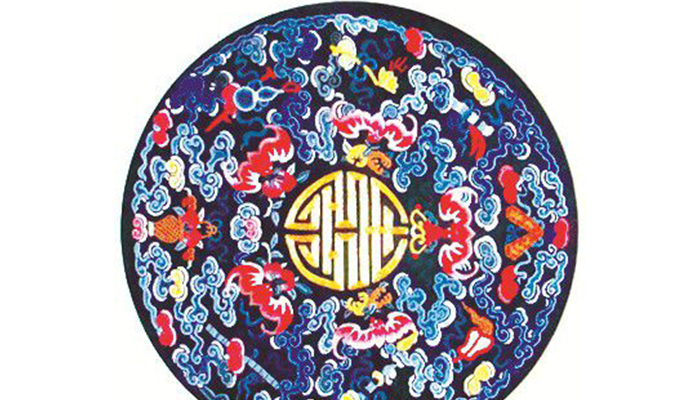
Ask a Question
Your email address will not be published.
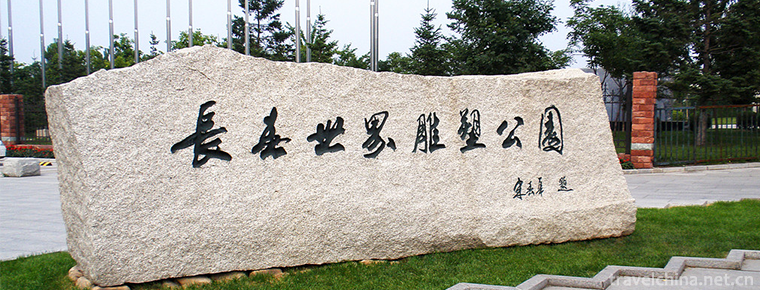
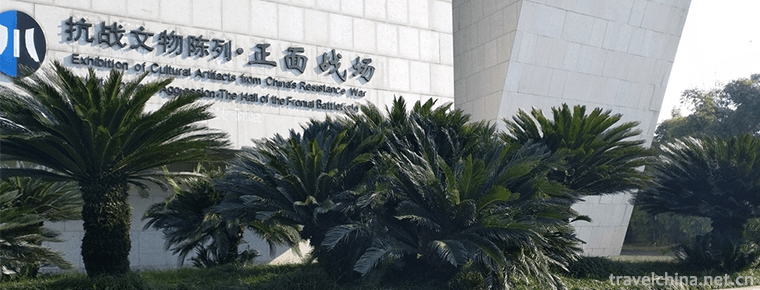
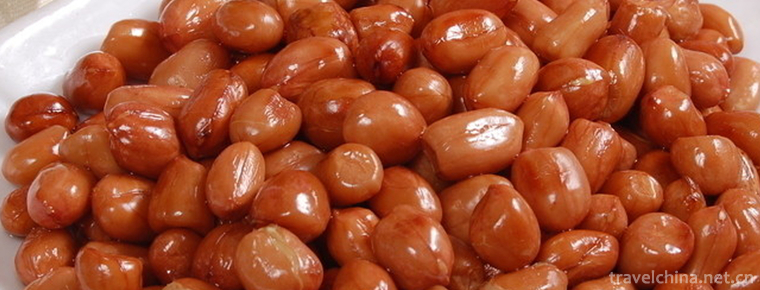
0 Questions